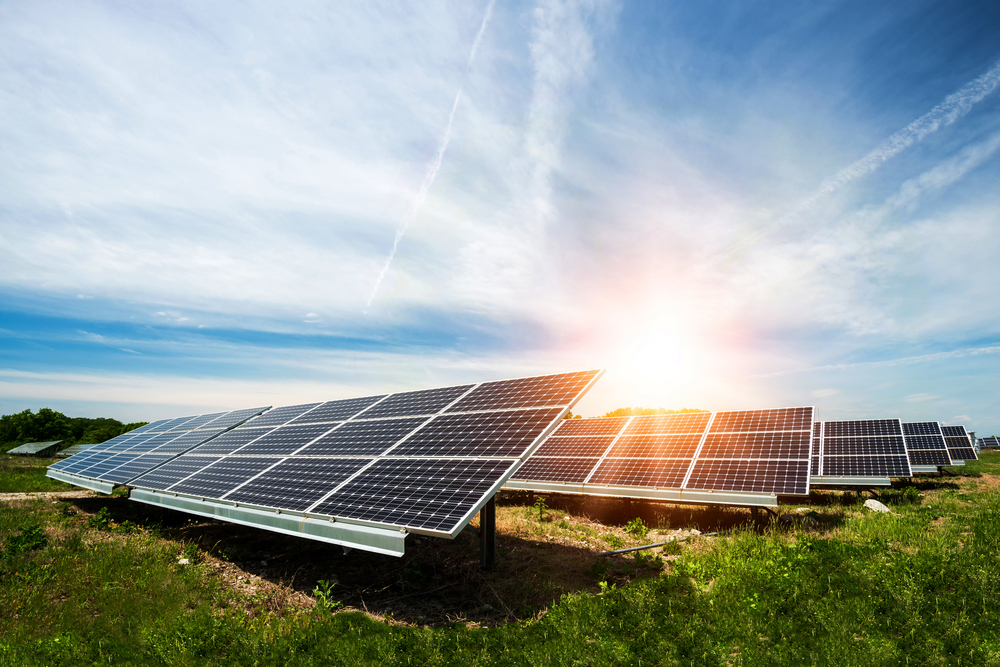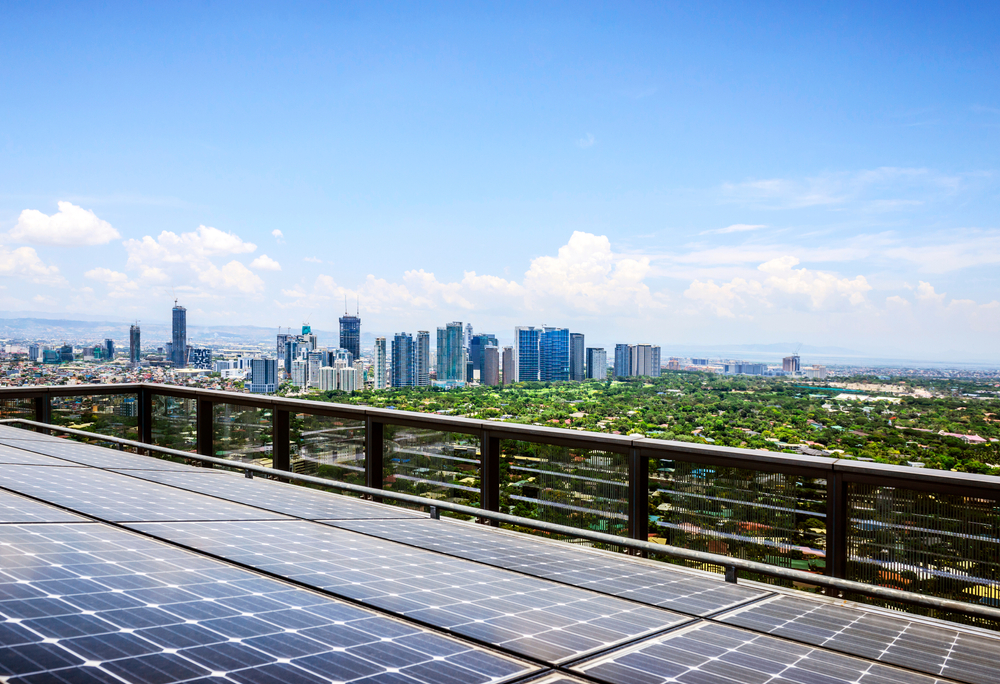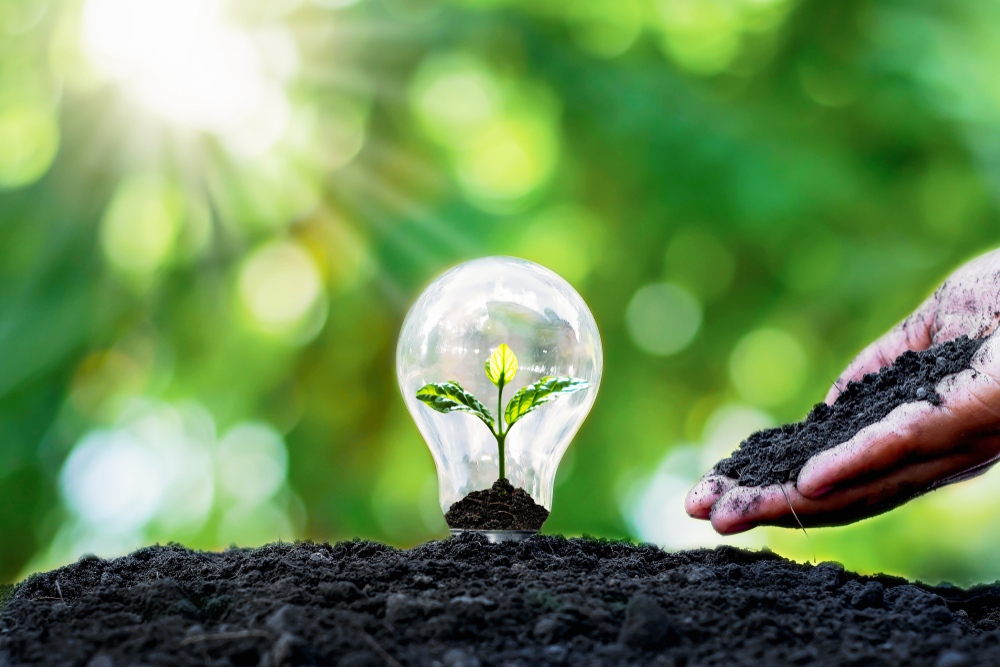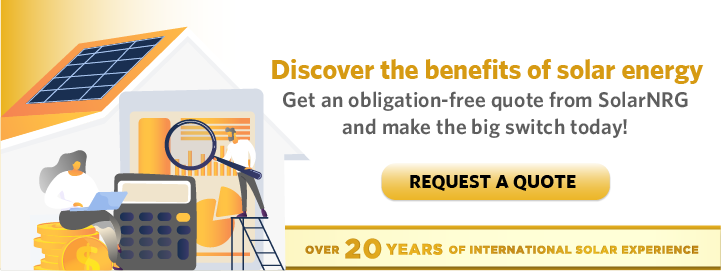A typical Filipino household consumes 211-kilowatt hours (kWh) of electricity per month. Meanwhile, the country’s services sector used an estimated 20.73 thousand gigawatt hours (GWh) in 2022.
As the country’s population grows, the demand for energy to sustain daily household and commercial operations also increases. This rise in demand comes with the need to explore other options, such as solar energy.
Considering alternative energy sources ensures a continuous supply of power in the present while also projecting its sustainable implications for the future.
Solar energy in the Philippines is becoming more popular. Besides its sustainable nature, solar energy is also recognized for its suitability to the country, government support, and expected positive future.
The Present State of Solar Energy in the Philippines
The Philippine government promotes solar energy for its reduced environmental impact. In 2021, solar energy shared 0.7% of the country’s total power consumption.
The increase in solar energy use makes sense as the Philippines is constantly vulnerable to an average of 16 typhoons yearly on top of occasional rain. When these calamities strike, power interruption becomes one of the people’s top concerns. Solar panels are built to withstand heavy weather conditions, thus, making them a suitable energy source for the Philippines.
Given that other renewable energy sources, such as hydro and geothermal, take years to build, the convenience of solar energy installation becomes the best option for both short- and long-term use.
There’s much buzz on the potential of solar energy in the Philippines—and for good reasons.
PH Aims to Go Green
Among other Southeast Asian countries, the Philippines is becoming a global leader in renewable energy, generating 47% of its energy from green or renewable sources.
This feat can be attributed to the country’s initiatives and programs to promote solar energy and renewable energy in general. For instance, tax incentives, import benefits, financial support, and the Green Energy Option Program all support the use of solar energy in the Philippines.
In addition, there’s a sense of urgency to achieve the vision of a green Philippines due to the continuous impacts of climate change, global warming, and on the local levels, devastating typhoons.
By developing a combination of fossil and renewable energy sources, the Philippine government hopes to become energy self-sufficient. It’s part of the National Renewable Energy Program (NREP) 2020-2040, which aims that by 2030, 35% of the power generation mix shall be from green sources, and by 2040, this shall reach the 50% mark.
Solar energy is a primary driver in this goal. Currently, 896 megawatts (MW) of the 7.1 gigawatts (GW) identified renewable energy capacity in the Philippines came from solar energy, coming second to hydropower at 4.3 GW.
Suitability of Solar Energy in the Philippines
According to a study, the Philippines can earn a 100% national power supply from renewable energy. The NREP plans to achieve a target of 1,528 MW of solar energy by 2030.
This scenario is becoming more evident as the Department of Energy (DOE)’s 2009-2030 Power Development Plan (PDP) anticipates that the country’s energy consumption will reach 149,067 GWh by 2030. These numbers are significantly higher relative to the approximate demand of 86,809 GWh in 2018 and the actual demand of 55,417 GWh in 2008.

Since Filipinos are suffering from the continuous increase in the volatile prices of fossil fuels, choosing solar power can free the country from its dependence on fossils.
Solar energy is a cheaper alternative, as the country saw a 48.4% drop in solar panel prices in 2011. Aside from being cost-efficient, solar energy in the Philippines also has these other practical benefits:
- Quick installation. A 1-MW solar power plant can start operating after at least six months of construction and development. So in perspective, you can install a residential solar power panel in a week or two.
- Flexible placements. Some solar facilities can be shaped or bent to fit in whichever area you may want to place them.
- Low maintenance. Solar panels require less maintenance than other energy sources.
- Abundant in source. The country receives 4.5 to 5.5 daily average sun hours.
What is the Future of Solar Energy in the Philippines?
Experts say that the solar energy market in the Philippines will continue to prosper due to the continuous investments in this sector on top of its existing governmental support. For instance, a crowdfunding initiative raised more than USD 250,000 to finance renewable energy project developments in the Philippines and India.

The DOE also continues implementing its ongoing initiatives promoting smart-grid technologies across the country.
Other investments and programs to boost the use of solar energy in the Philippines include:
- The 23-million Access to Sustainable Energy Project of the country, together with the World Bank
- The recently completed Market Transformation through Introduction of Energy-Efficient Electric Vehicles Project, valued at $405 million, in partnership with the Asian Development Bank.
Despite the concerns about inefficient electricity grid infrastructures in the country, solar power in the Philippines is expected to be more prevalent in rural areas due to increasing deployments of solar power installations in far-flung places and the financial benefits from these projects.
The Philippines became one of Southeast Asia’s biggest off-grid solar energy markets, along with Myanmar, securing at least 30,000 to 40,000 units as of the second half of 2019.
Furthermore, a shift from diesel-powered generators to solar panels can help the country save up to $200 million annually, a significant number given the frequent power interruptions brought about by typhoons.
Solar Energy in the Philippines is On!
Is solar power the future of energy in the Philippines?
It may be hard to answer such a big question. Still, considering that solar energy addresses multiple concerns and benefits, it is, beyond doubt, an excellent candidate for being the future of power in the Philippines.
Solar energy is cost-efficient, government-supported, effective in targeting the country’s increasing demand for power, abundant in source, and practical in providing job opportunities.
It’s a good thing that the solar energy market in the Philippines, as predicted by experts, will prosper in the direction of the national target of 35% power generation mix share by 2030 and 50% by 2040. If the country attains these goals, the Philippines will establish itself as one of the leading nations in renewable energy use.
Be part of the movement, play your role in the green agenda, and reap the benefits of switching to solar energy. Send us a message to learn more.


Recent Comments